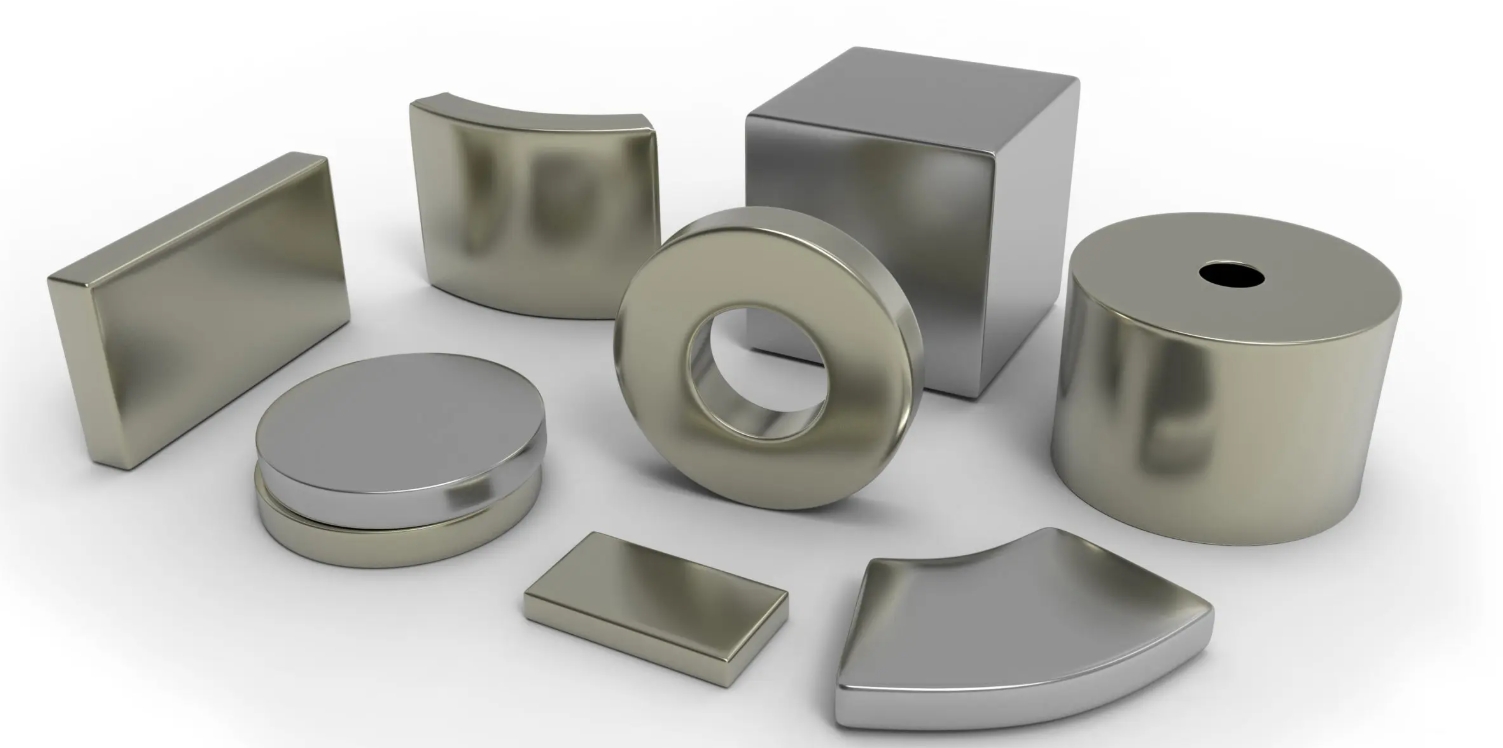
Get In Touch
One stop solution for magnetic products
Permanent Magnets: Quick Guide to Pros, Cons & Selection

Permanent Magnets: Quick Guide to Pros, Cons & Selection
Permanent magnets power modern tech but vary wildly in performance. Here’s a concise breakdown of key materials and how to choose them.
Key Metrics
- Energy (BHmax): Magnetic strength per volume.
- Coercivity (Hc): Resistance to demagnetization.
- Temperature Limit: Maximum operating heat.
- Cost: Material + processing expenses.
4 Major Types Compared
How to Choose in 3 Steps
Temperature:
- Extreme heat (>300°C) → SmCo
- Normal temps → NdFeB or Ferrite
Budget:
- Lowest cost → Ferrite
- Best performance → NdFeB
Environment:
- Harsh (corrosion/radiation) → SmCo
- Basic → Ferrite or NdFeB
Future Innovations
- Rare-earth-free magnets (e.g., Mn-Al-C).
- Recycling tech (95% NdFeB recovery).
Heat-resistant NdFeB (250°C+ via new coatings).
Got a project? Share your specs below for tailored advice!
Search
Categories List
Please give us a message

Beijing Saint Langma Magnetic Technology Co.,Ltd
+8618419064914
+8618419064914
cocoslm2024@gmail.com